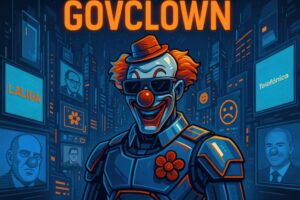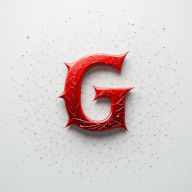Description: Q-value function approximation is a fundamental technique in the field of reinforcement learning, used to estimate Q-values, which represent the quality of an action in a given state. This technique is particularly useful in environments where the state and action space is too large to be handled in a tabular manner. Instead of storing a Q-value for every state-action pair, approximation models, such as neural networks, are employed to generalize and predict these values. This allows the agent to learn more efficiently and effectively, adapting to new situations without the need to retrain from scratch. Q-value function approximation is based on the idea that actions that maximize long-term rewards are preferable, and it is used to guide the agent’s decision-making. Through iteration and feedback, the agent adjusts its action policy, improving its performance in the environment. This technique has proven powerful in complex applications, such as games, robotics, and recommendation systems, where exploration and exploitation of actions are crucial for successful learning.
History: Q-value function approximation was developed in the 1980s as part of the advancements in reinforcement learning. One of the significant milestones was Watkins’ work in 1989, who introduced the Q-learning algorithm, allowing agents to learn from experience. As technology and machine learning theory evolved, Q-value function approximation was integrated with neural network techniques, leading to the creation of more sophisticated and efficient algorithms.
Uses: Q-value function approximation is used in various reinforcement learning applications, including gaming, where agents learn to play and improve their performance. It is also applied in robotics, where robots must learn to interact effectively with their environment. Additionally, it is used in recommendation systems, where the goal is to maximize user satisfaction through content personalization.
Examples: A notable example of Q-value function approximation is the use of Deep Q-Networks (DQN) in video games, where an agent learns to play various games at a human level using neural networks to approximate Q-values. Another example is its use in robotics, where a robot can learn to navigate a complex environment using this technique to optimize its actions.



